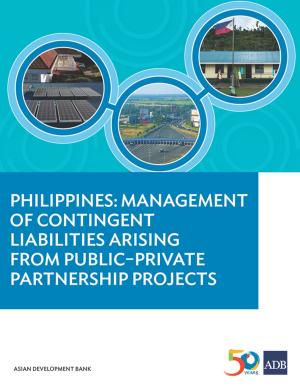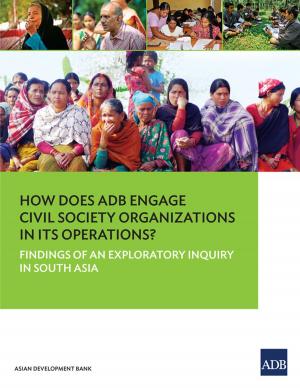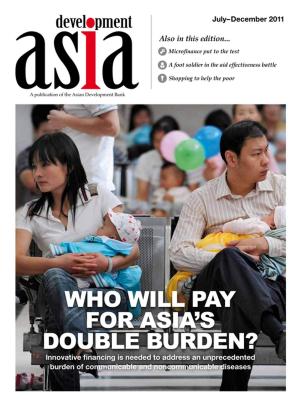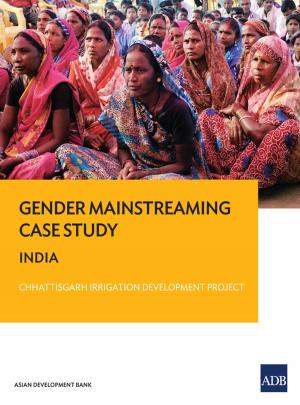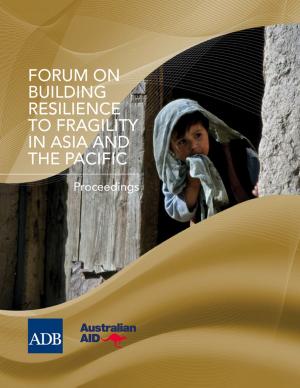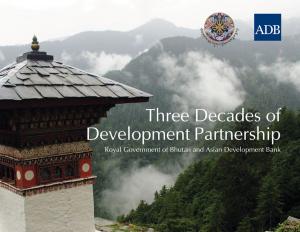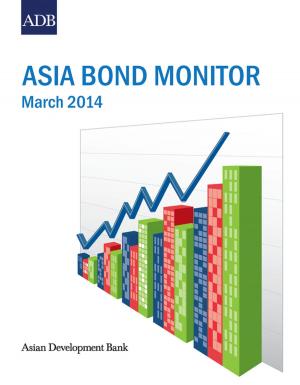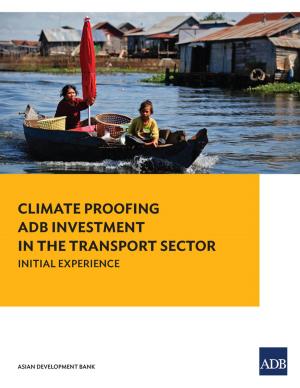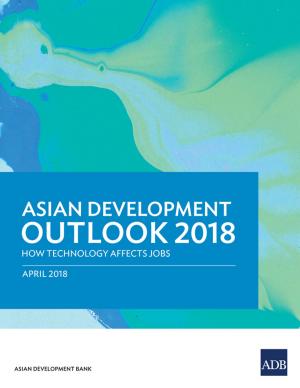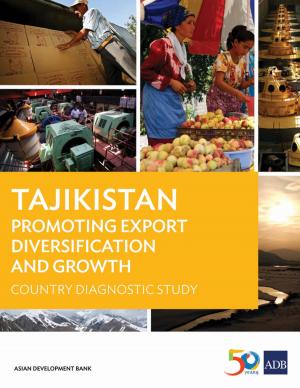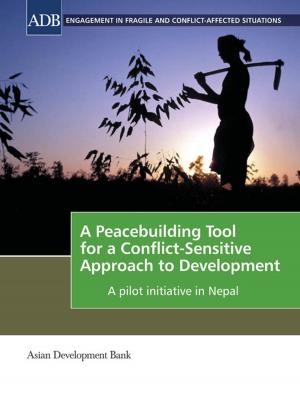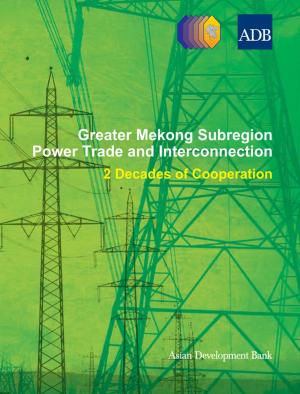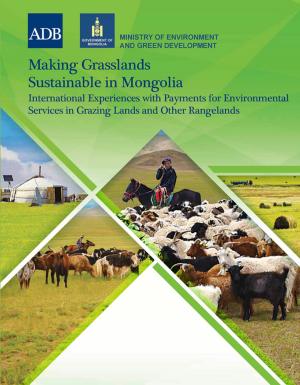Public-Private Partnerships in Education
Lessons Learned from the Punjab Education Foundation
Business & Finance, Business Reference, Government & Business, Nonfiction, Reference & Language, Education & Teaching, Educational Theory, Educational Reform| Author: | Allah Bakhsh Malik | ISBN: | 9789290920786 |
| Publisher: | Asian Development Bank | Publication: | August 1, 2010 |
| Imprint: | Asian Development Bank | Language: | English |
| Author: | Allah Bakhsh Malik |
| ISBN: | 9789290920786 |
| Publisher: | Asian Development Bank |
| Publication: | August 1, 2010 |
| Imprint: | Asian Development Bank |
| Language: | English |
Impoverished children living in the remote rural areas and urban slums of Pakistan are not well served by the country's struggling public school system. To provide an alternative, the provincial government of Punjab revitalized the Punjab Education Foundation (PEF), which works with private schools located in poor communities throughout the province. Through these public–private partnerships (PPPs), the PEF provides school funding, teacher training, and vouchers allowing needy children to attend participating private schools for free. As a result, students at these private schools have shown strong gains in academic assessment tests, and the foundation's programs have already been replicated elsewhere in the country. This report examines a number of aspects of the PEF experience with the design and implementation of PPPs in the education sector. It begins by providing an overview of the governance structure of the PEF, and then outlines the design of, and trends in, its various programs, including the flagship Foundation Assisted Schools Program. The report concludes with a brief discussion of the lessons that can be drawn from the PEF's experience with education PPPs.
Impoverished children living in the remote rural areas and urban slums of Pakistan are not well served by the country's struggling public school system. To provide an alternative, the provincial government of Punjab revitalized the Punjab Education Foundation (PEF), which works with private schools located in poor communities throughout the province. Through these public–private partnerships (PPPs), the PEF provides school funding, teacher training, and vouchers allowing needy children to attend participating private schools for free. As a result, students at these private schools have shown strong gains in academic assessment tests, and the foundation's programs have already been replicated elsewhere in the country. This report examines a number of aspects of the PEF experience with the design and implementation of PPPs in the education sector. It begins by providing an overview of the governance structure of the PEF, and then outlines the design of, and trends in, its various programs, including the flagship Foundation Assisted Schools Program. The report concludes with a brief discussion of the lessons that can be drawn from the PEF's experience with education PPPs.

